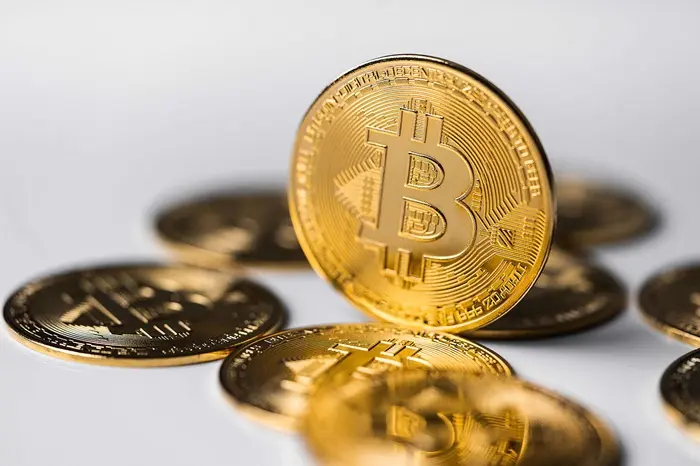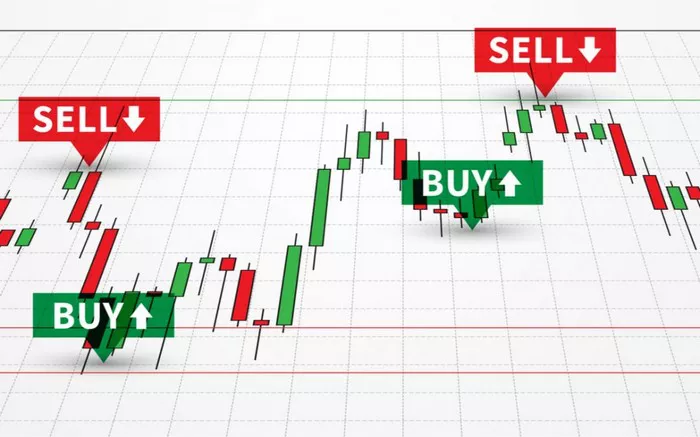The cryptocurrency market experienced a severe downturn on Monday, with $900 million in value evaporating within a single day, according to data from Coinglass.
Of the total liquidations, long positions were the most affected, accounting for $764 million, while short positions contributed $124 million to the total. This large-scale liquidation underscores the risks inherent in trading on unregulated Bitcoin derivative exchanges, where positions can be rapidly closed by the exchange’s risk management systems once they hit the liquidation price.
The simultaneous liquidation of thousands of positions can have a pronounced impact on the market, causing significant price movements and triggering a “cascading effect” that may lead to further liquidations.
Bitcoin’s price declined further on Monday morning, reaching $53,000 on Binance, marking its lowest level since late February. Coinglass attributed this decline to a combination of factors, including uncertainty surrounding the U.S. economy, investor withdrawals, and increased market volatility.
Crypto investment analyst Okoro Nnamdi provided insight into the situation, noting that the liquidation was anticipated due to the formation of a “cup and handle” pattern in technical analysis. Nnamdi explained to The PUNCH, “The liquidation is highly expected because Bitcoin is building what we call in technical analysis a ‘cup and handle’ formation. It is also trying to close the CME (Chicago Mercantile Exchange) gap—a price gap on the CME Bitcoin futures chart—and consolidate for about two months before signaling a potential upside move.”
Despite the current challenges, Nnamdi remains optimistic about Bitcoin’s future, forecasting a target price of $150,000 for the cryptocurrency by 2025. “Overall, my target in Bitcoin going into 2025 is $150,000. The institutions are using this opportunity to accumulate the dip,” he added.
Adewale Kayode, a blockchain expert and team lead at SIRFITECH, explained that the downturn began when the Bank of Japan raised its interest rate from 0% to 0.25% for the first time in 30 years. Kayode noted that global investors had been borrowing at 0% interest from the BOJ to invest in riskier assets such as stocks and research. The rate hike prompted fears of further increases, leading investors to quickly repay their loans and resulting in a significant capital outflow.
Related topics:

























